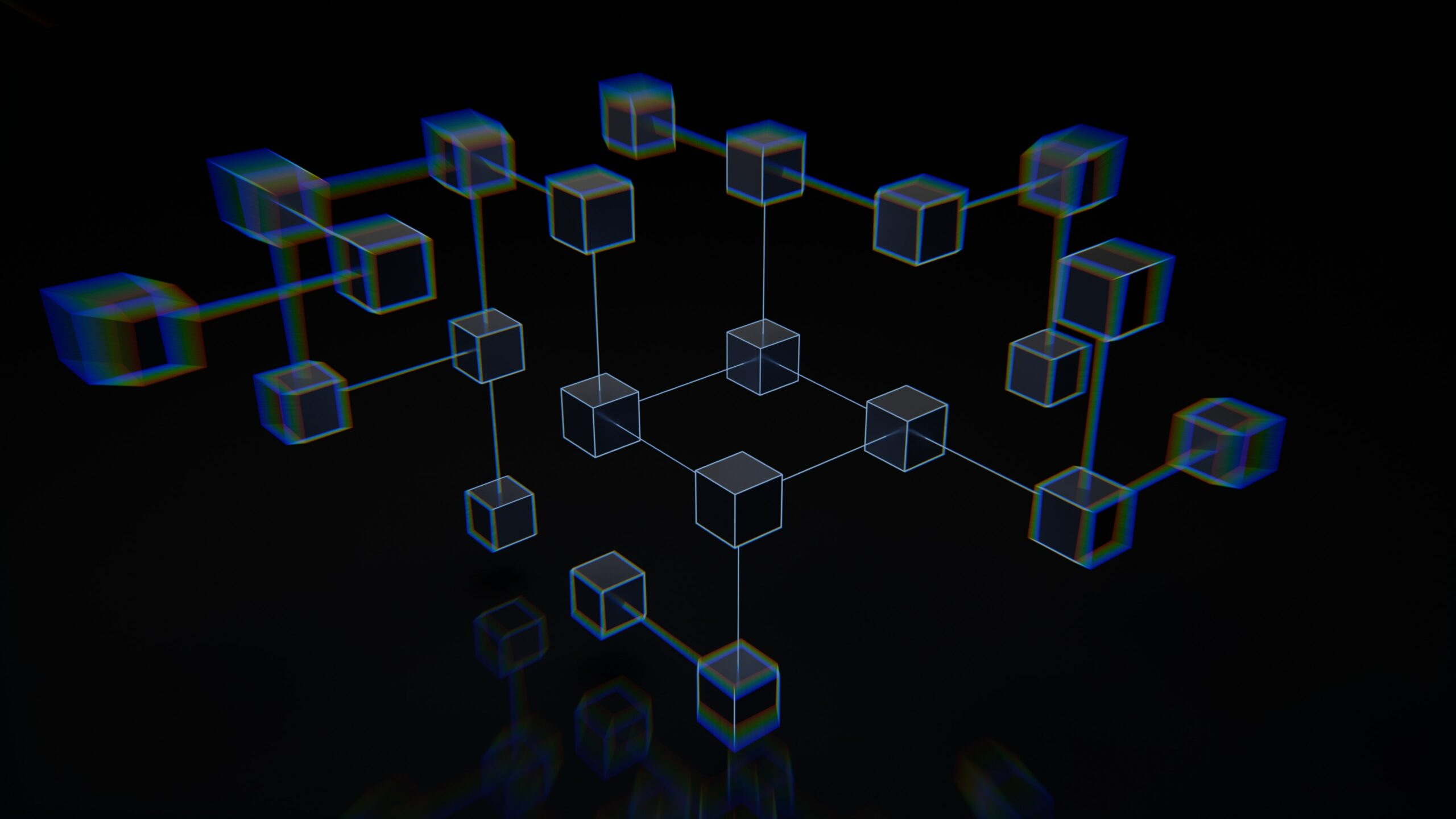Many structured products feature a cap, which is a predetermined maximum value that the product can reach. In exchange for this limitation, capped products are typically priced lower than their uncapped counterparts or the underlying asset.
Below find the concept of a cap in structured products : its benefits, limitations, and examples with easy-to-understand figures.

Caps in structured products limit potential returns, offering lower pricing and risk management. This innovative approach provides customizable investment solutions, balancing risk and reward in a complex financial landscape.
A cap is a pre-set upper limit on the potential return of a structured product. It essentially restricts the growth potential of the investment by setting a maximum value that the product can achieve. This cap helps issuers to manage the risks associated with the investment, and in return, investors receive lower-priced structured products.
Benefits of Capped Structured Products.
- Lower Pricing: As mentioned earlier, capped structured products are generally priced lower than their uncapped counterparts or the underlying asset. This pricing advantage makes them more accessible to a wider range of investors with varying risk appetites and budgets.
- Risk Management: The cap allows issuers to manage their exposure to market risks, and this in turn can lead to more stable returns for investors. Structured products are designed to provide a balance between risk and reward, and the cap plays a crucial role in achieving that balance.
- Customized Investment Solutions: Structured products can be tailored to suit the specific needs and preferences of investors. The cap allows for further customization, allowing investors to choose the level of growth potential they are comfortable with.
Limitations of Capped Structured Products.
- Limited Upside Potential: The most significant drawback of a cap in structured products is the restricted growth potential. If the underlying asset or market performs exceptionally well, capped products will not fully benefit from this performance, as their returns are limited by the cap.
- Complexity: Structured products, in general, can be complex and difficult to understand for some investors. The addition of a cap adds another layer of complexity, which can make it challenging for some investors to fully grasp the investment’s risk and reward profile.
Examples with Figures
Example 1: Capped Equity-Linked Note (ELN)
An Equity-Linked Note (ELN) is a type of structured product that combines a fixed income instrument, such as a bond, with exposure to an underlying equity asset, such as a stock. A capped ELN would limit the potential return from the equity component, while still providing a fixed income component.
Let’s consider a simple example: An investor purchases a 3-year capped ELN for $10,000, which is linked to the performance of a specific stock. The cap is set at 30%, and the fixed income component provides an annual return of 3%.
If the stock’s value increases by 40% over the 3-year period, the ELN’s equity component return will be limited to 30% due to the cap. The total return on the investment would be calculated as follows:
Equity component return: $10,000 x 30% = $3,000 Fixed income component return: $10,000 x 3% x 3 years = $900 Total return: $3,000 + $900 = $3,900
Thus, the capped ELN would provide a total return of $3,900 over the 3-year period.
Capped reverse convertible.
A capped reverse convertible would limit the potential downside risk of the short position by setting a predetermined maximum loss threshold, which prevents the investor from losing more than a certain percentage of their initial investment if the underlying asset’s price declines.
This cap provides a safety net, ensuring that the investor’s exposure to the downside is limited, while still allowing them to benefit from the enhanced yield provided by the structured product.
Here are two examples of cap in a barrier reverse convertible:
- Example 1: A capped reverse convertible bond with a 10% coupon and a cap of 120% on the underlying stock. In this example, the investor receives a 10% coupon on the bond, and the maximum downside risk is limited to 20% (the difference between the cap of 120% and the initial stock price of 100%). If the stock price falls below the cap of 120% but remains above the initial stock price of 100% at the maturity date, the investor receives their initial investment back in cash. If the stock price falls below the initial stock price at maturity, the investor receives shares of the underlying stock with a value equal to the initial investment less the stock price decline.
- Example 2: A capped barrier reverse convertible with a 12% coupon and a cap of 110% on the underlying stock, and a barrier of 90%. In this example, the investor receives a 12% coupon on the bond. The cap of 110% limits the potential downside risk to 10% (the difference between the cap of 110% and the initial stock price of 100%). The barrier of 90% serves as an additional trigger point: if the stock price falls below 90% at any point during the product’s lifetime, the investor will receive shares of the underlying stock worth the initial investment less the stock price decline at maturity, rather than cash. If the stock price stays above the barrier and remains below the cap at maturity, the investor receives their initial investment back in cash.
In conclusion, the cap in innovative structured products serves as a powerful tool in navigating today’s complex financial landscape.
By offering lower pricing, effective risk management, and customized investment solutions, capped structured products empower investors to strike a balance between risk and reward.
Embrace this innovative approach and unlock the potential of the ever-evolving financial market while staying protected from extreme downside scenarios.
Get Started with YiELDEN




